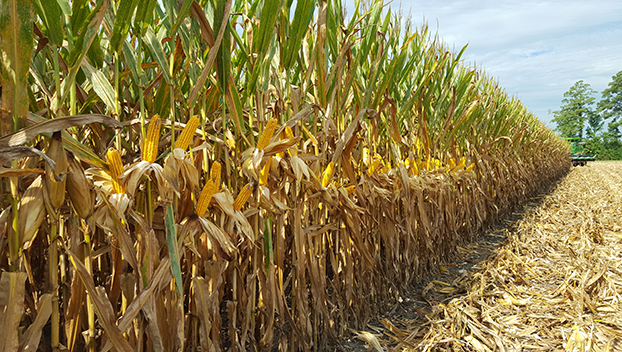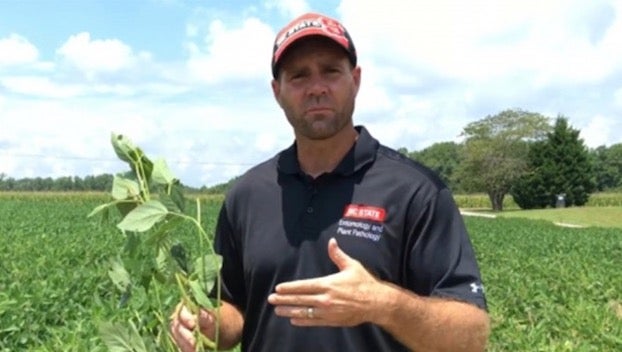Prices rise as weather threatens crops
Published 4:23 pm Friday, April 2, 2021

- TOP CROP: Beaufort County is the top producer of corn in North Carolina with over 5.4 million bundles harvested in 2019. (Photo submitted by Rod Gurganus)
|
Getting your Trinity Audio player ready...
|
Crops have increased in price and production since this time last year, according to the USDA.
The USDA recently released the monthly farm report for the month of March. Corn for grain is up from $4.41 in March of 2020 to $4.50 in 2021. Soybeans are up from $8.71 in March of 2020 to $11.60 in 2021. These two crops are one of Beaufort County’s largest agricultural exports and the county ranked highest in the state for production of both crops in the most recent yearly study released.
“Anytime prices go up, it’s a positive thing. Market prices weren’t great anyway and they really went down once the pandemic hit,” Gurganus said. “Things picked up and with weather issues in the midwest where most of the corn and soybeans are grown and the high demand in China and other countries, we’re seeing low supplies and that usually equates to the market needing to grow more.”
The crops currently on the market are products of last year’s harvest. Planting for the 2021 growing season has not started in earnest yet.
“It depends on the grower and what they have available right now to sell. It’s a positive any way you look at it for growers when commodity prices go up. The downside of that is that what always seems to go up when commodity prices go up is input prices. High prices are good but oftentimes input prices are going to go up for various reasons. The margin of profit really shrinks because of that,” Gurganus said. “If the commodity prices go up at a greater degree than input prices do, the profit margin still increases which helps the growers.”
These input prices include money spent by farmers to plant and maintain their crops. This includes fertilizer, insecticides, and machinery used throughout the planting season. These input prices and products can be affected by other factors besides increased commodity prices, such as changes in weather patterns or severe weather events.
Nitrogen fertilizers were especially affected by the severe winter weather experienced in Texas recently. With the decrease of available supplies necessary for planting and the large amount of rainfall experienced in our area, farmers are having difficulty beginning their crops.
“The weather is always big for farmers but especially right now. They’re wanting to get out there and do some field work but they’re not able to,” Gurganus said. “A lot of local growers told me that they’ve tried but have really had to pick their spots carefully because the soil is not drying quickly. Once we get into the 70 degree and 80 degree Fahrenheit days and we get some winds coming through, that should help a lot and get us going.”
Looking forward, Gurganus is optimistic that more planting of corn and soybeans will start in earnest if the weather permits. Current trends for the month of April from the National Weather Service have rainfall amounts lessening in the area.





